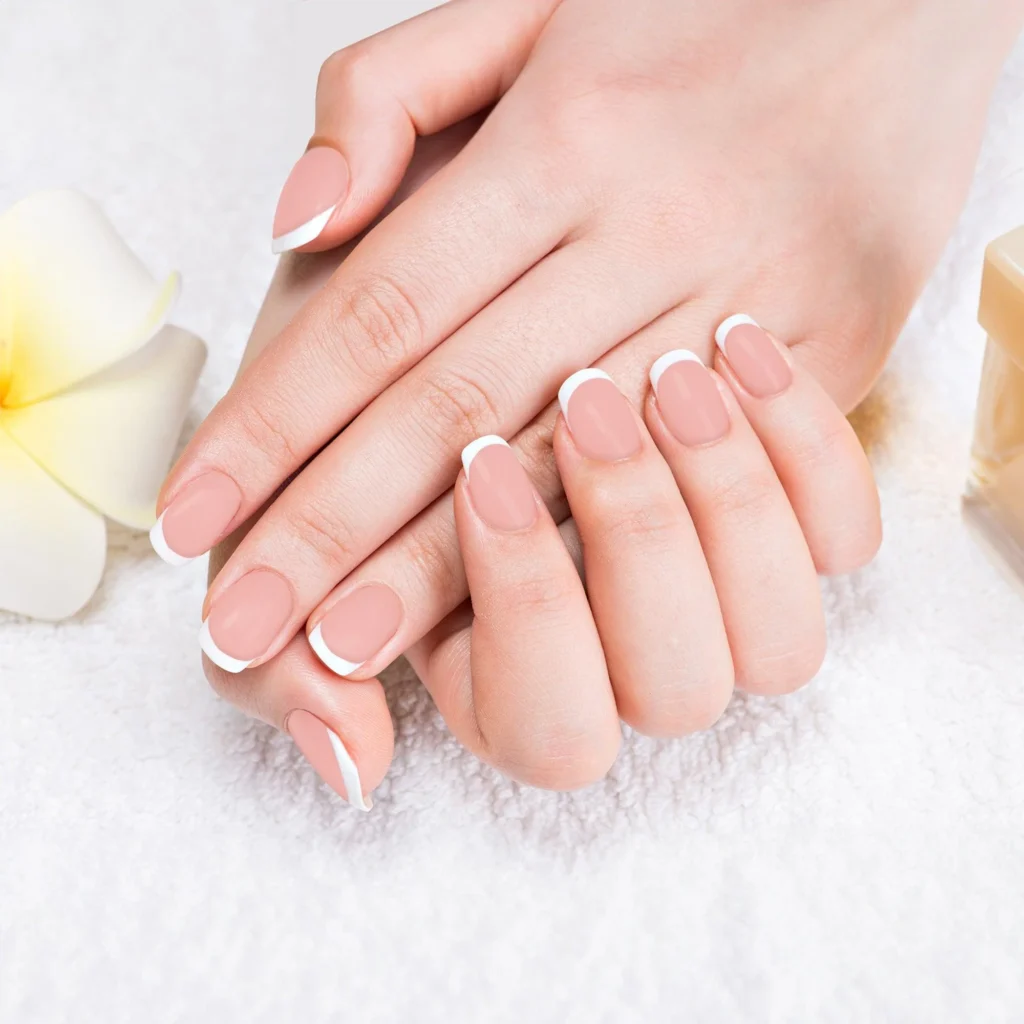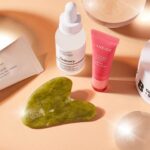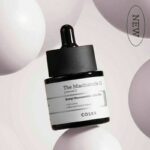Toenail fungus, medically referred to as onychomycosis, is a persistent and often frustrating condition that affects millions of people worldwide. It begins as a discoloration of the toenail and can progress to thickening, brittleness, and even discomfort. Traditional treatments include topical and oral antifungal medications, but these methods often come with extended treatment times, inconsistent success rates, and potential side effects.
Recently, UV light therapy has emerged as an innovative and promising alternative in the battle against toenail fungus. This guide aims to provide a comprehensive overview of how UV light therapy works, the process involved, its benefits, and essential considerations before starting treatment.
How Does UV Light Therapy Work?
UV light therapy involves the use of ultraviolet light to eradicate fungal infections by targeting the fungus directly on the affected toenail. The treatment typically employs either UV-A, UV-B, or UV-C light, which are specific wavelengths of ultraviolet radiation known to disrupt the function and structure of fungal cells.
UV-C light, in particular, is renowned for its germicidal properties. It damages the DNA of fungal cells, thereby halting their ability to reproduce and effectively eliminating the infection. By directly targeting the source of the problem without relying on systemic medication, UV light therapy offers a localized, non-invasive, and largely side-effect-free treatment option.
Benefits of UV Light Therapy for Toenail Fungus
There are several reasons why individuals turn to UV light therapy as an alternative or complementary treatment for toenail fungus:
- Non-Invasive Treatment:
UV light therapy does not involve surgical interventions or invasive procedures. It simply directs concentrated UV light on the fungal infection, making it a comfortable experience for most patients.
- No Systemic Side Effects:
Unlike oral antifungal medications, which can sometimes lead to adverse effects such as liver damage, UV light therapy works exclusively on the infected area without impacting the rest of the body.
- Promising Results:
Several studies have indicated the effectiveness of UV-C light in inhibiting fungal growth. Although research is ongoing, UV light therapy has shown to significantly improve the appearance of the infected toenail over time.
- Supplementary to Other Treatments:
UV light therapy can be combined with topical antifungal creams and other treatments to achieve faster and more effective results.
- Convenience:
Depending on the device used, UV light treatments can often be administered in a clinical setting or even at home with handheld devices designed for personal use.
- Safe for Long-Term Use:
UV light therapy does not pose the risks of long-term use that are sometimes associated with pharmaceutical treatments.
The Treatment Process Using UV Light
Step 1: Consultation and Assessment
Before starting UV light therapy, a thorough evaluation by a podiatrist or dermatologist is essential. This involves:
- Diagnosis Confirmation:
The healthcare provider will confirm the presence of onychomycosis through a physical examination and, if necessary, take a fungal culture or microscopic sample.
- Suitability Check:
Based on the severity of the infection and the individual’s overall health, the doctor will determine if UV light therapy is the right choice.
This consultation is crucial as certain conditions could mimic toenail fungus, such as psoriasis, making it essential to receive an accurate diagnosis.
Step 2: Preparation
Preparing the toenail ensures the UV light can penetrate effectively. This involves:
- Nail Cleaning and Trimming:
The infected toenail is thoroughly cleaned, and any thickened or damaged nail material is trimmed to create better access for the light.
- Skin Protection:
The surrounding skin is covered with a barrier cream or shield to minimize UV light exposure to healthy skin.
Step 3: Application of UV Light
At the core of this treatment process is the application of UV light. Here’s how it works:
- Device Usage:
A specialized UV light device is used to deliver controlled doses of UV-A, UV-B, or UV-C light onto the infected nail. These devices are highly precise, often designed to target the nail while avoiding the surrounding areas.
- Duration:
Treatments typically last from a few seconds to several minutes per nail, depending on the device and the infection’s severity.
Step 4: Treatment Schedule
Consistency is key when it comes to successfully treating toenail fungus with UV light. Most patients require:
- Multiple Sessions:
Treatments are commonly scheduled 2-3 times per week over the course of several weeks or months.
- Progress Tracking:
Regular appointments allow healthcare providers to track the infection’s improvement and adjust the treatment frequency if needed.
Step 5: Post-Treatment Care
Proper aftercare ensures the infection doesn’t recur and helps to maintain healthy nails:
- Hygiene Maintenance:
Keeping the treated area clean and dry minimizes the risk of re-infection.
- Topical Antifungal Support:
Applying antifungal creams as prescribed can enhance the effectiveness of UV light therapy.
- Follow-Up Sessions:
Returning for periodic evaluations helps confirm the infection has been eradicated.
Step 6: Monitoring and Evaluation
The final step involves assessing the recovery of the toenail:
- Visual Improvement:
Reduced discoloration, reduced nail thickness, and improved strength of the nail are good signs of progress.
- Lab Confirmation:
A healthcare provider may collect fungal cultures or examine the nail under a microscope to verify the infection is completely gone.
Considerations Before Starting UV Light Therapy
While UV light therapy offers many benefits, it’s not suitable for everyone. Consider the following:
- Severity of the Infection:
Advanced or severe cases of onychomycosis might require a combination of treatments, including UV light therapy and medication, to achieve optimal results.
- Existing Health Conditions:
Patients with certain underlying skin or autoimmune conditions should consult their doctor to confirm that UV light therapy is a safe option.
- Compliance:
Adhering to the treatment schedule and aftercare guidelines is essential for success. Missing sessions or neglecting hygiene can hinder progress.
Before starting therapy, discuss the costs and availability with your healthcare provider as UV light devices can vary in price, and not all clinics offer this service.
Enhancing Effectiveness with Combined Treatments
UV light therapy can be significantly enhanced when paired with other treatments:
- Topical Antifungal Creams:
These work synergistically with UV light by suppressing fungal activity on the nail’s surface.
- Oral Medications:
For severe infections, a combination of UV light and prescription antifungals may be recommended for a more aggressive approach.
- Preventative Measures:
To prevent recurrence, always wear breathable footwear, change socks regularly, and avoid sharing nail tools or shoes with others.
Myths and Misconceptions About UV Light Therapy
Some common myths about UV light therapy for toenail fungus include:
- It Works Instantly:
Results take time, typically requiring several weeks to months to see noticeable improvements.
- It’s Dangerous:
When administered correctly by a professional or with approved devices, UV light therapy is safe and effective.
- It’s a Standalone Solution:
While effective, pairing UV light therapy with additional treatments often leads to the best outcomes.
Frequently Asked Questions
1. Is UV light therapy pain-free?
Yes, it is entirely pain-free. Most patients report no discomfort during or after treatments.
2. Can I use home devices for UV light therapy?
Some home devices are available, but it’s always best to consult a healthcare professional before starting at-home treatments to ensure safety and effectiveness.
3. How soon will I see results?
Visible improvements in the toenail may start appearing after a few weeks, but full recovery can take several months depending on the severity of the infection.
Final Thoughts
UV light therapy is a safe, effective, and innovative solution for treating toenail fungus. It’s an excellent option for individuals seeking non-pharmaceutical alternatives to combat this stubborn infection.
However, no treatment is perfect, and adherence to the outlined steps and recommendations is essential for successful outcomes. Consulting with a healthcare professional ensures a proper diagnosis and tailored treatment plan, making UV light therapy a valuable ally in achieving and maintaining healthy nails.
Whether paired with topical antifungals or used as a standalone treatment, UV light therapy is a promising approach for individuals battling onychomycosis. Say goodbye to embarrassment and discomfort, and step confidently into a future with clearer, healthier nails.


